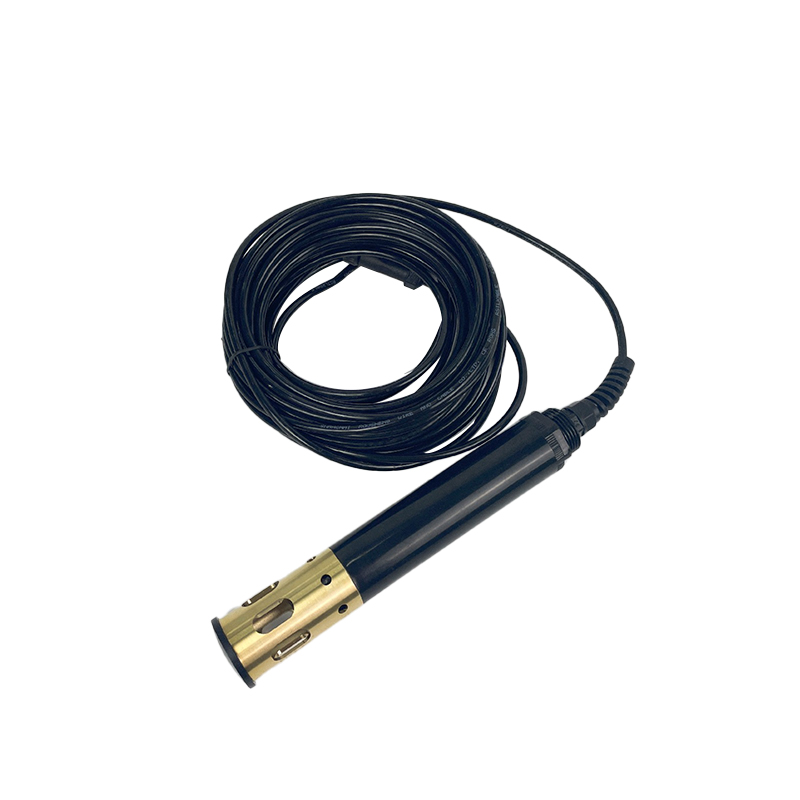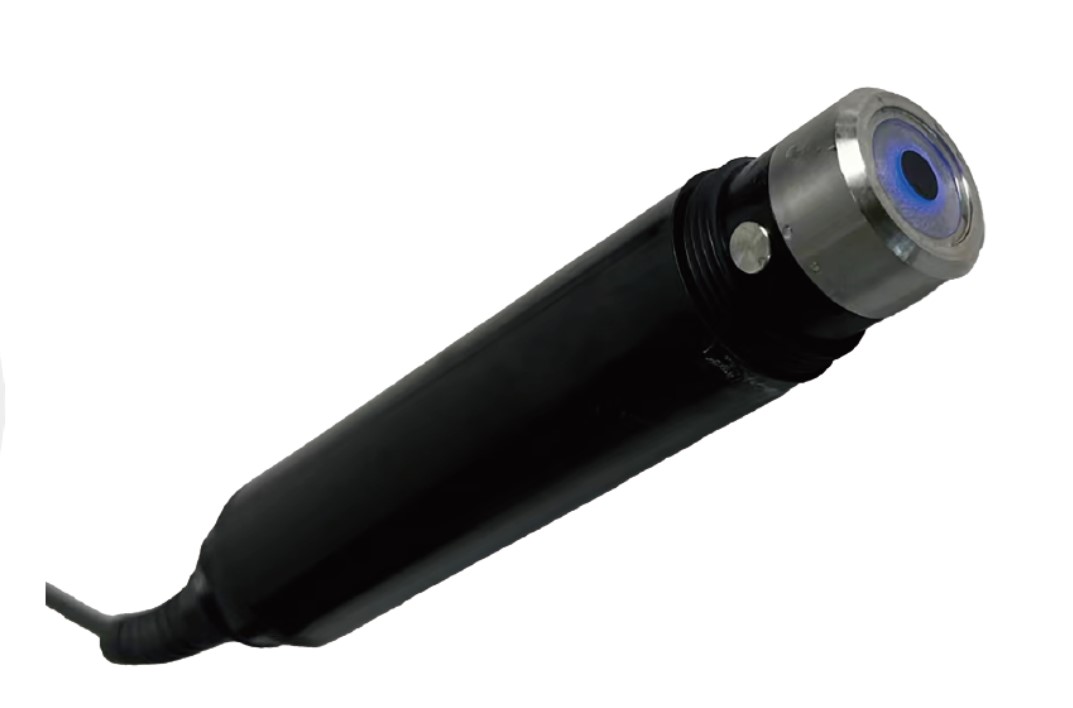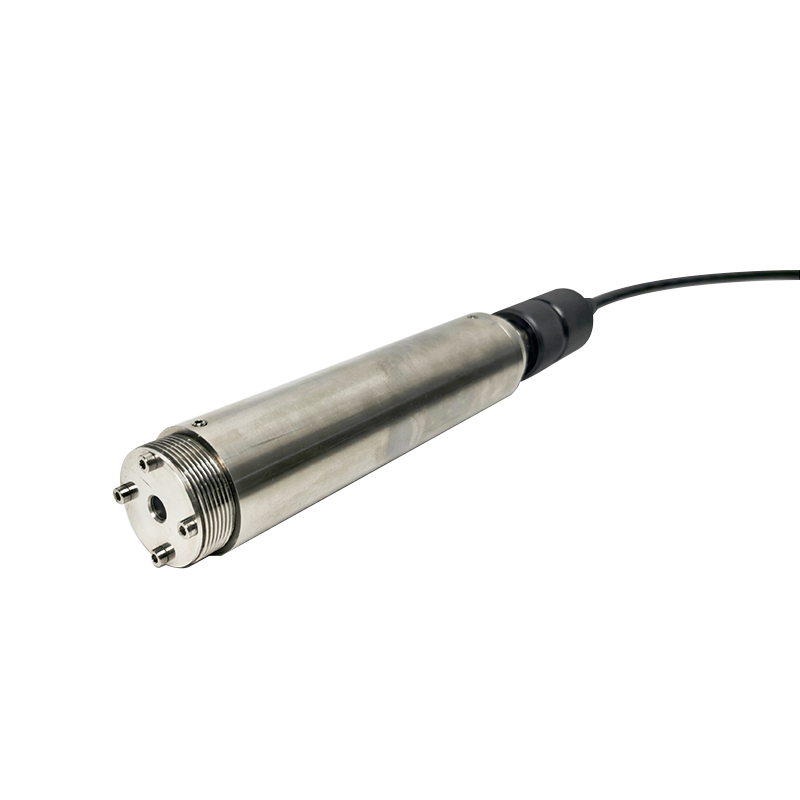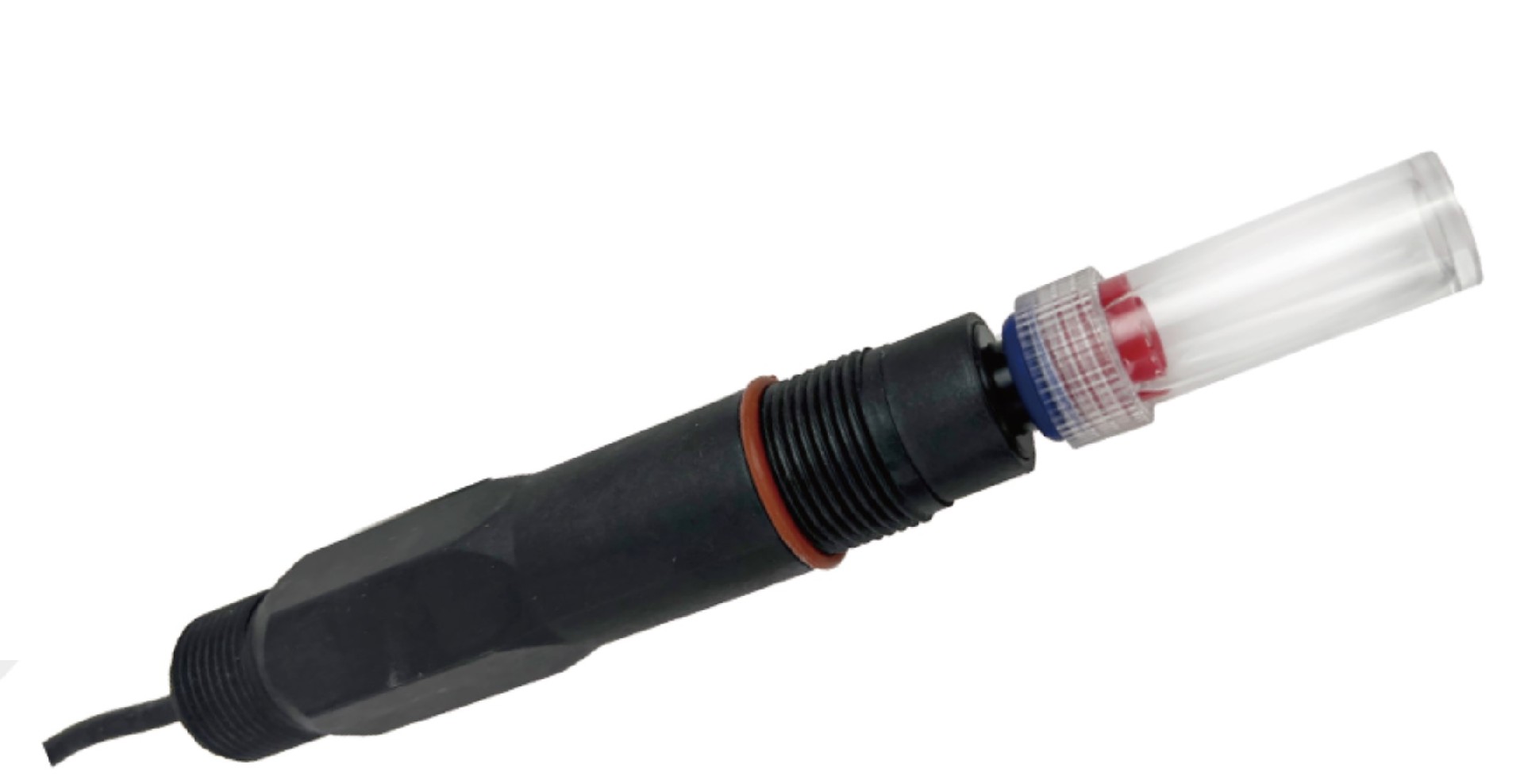With the rapid development of China's social and economic development, especially the rapid development of urban industry and population, there has been a significant increase in the discharge of sewage, wastewater, and pollutants. Urban rivers have always been regarded as the main discharge channels and places for urban wastewater and domestic sewage. Excessive pollution directly causes eutrophication of water bodies, and even leads to black and odorous water bodies, forming urban black and odorous water bodies, completely losing their use functions The treatment of urban black and odorous water bodies is urgent as it affects the landscape, human life, and health.
Urban black and odorous water bodies not only bring extremely poor sensory experiences to the people, but also directly affect their lives, making them a prominent environmental problem. As of 2017, there were a total of 2082 black and odorous water bodies recognized nationwide, with 1310 remaining untreated. Although some cities have achieved significant results in their treatment, the overall situation of treatment is still not optimistic. Compared to the number of black and odorous water bodies recognized in the first quarter (1861) and fourth quarter (1915) of 2016, the number of black and odorous water bodies has gradually increased, which also reflects the complexity of treating black and odorous water bodies and the difficulty of maintaining already treated black and odorous water bodies. A timely and effective monitoring platform for black and odorous water bodies can not only provide real-time information on water quality, but also help the treatment team take measures to maintain good water quality before the water quality deteriorates, saving manpower and material resources, saving time and efficiency. It is an indispensable part of black and odorous water body treatment.










